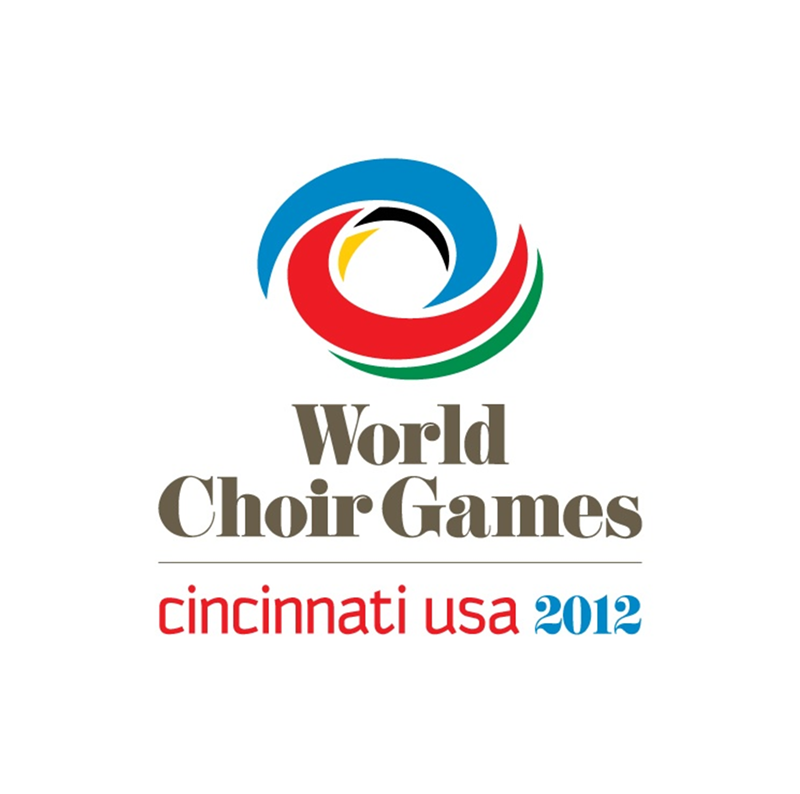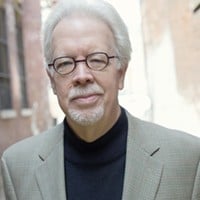On Thursday evening I slogged through the humid, 100 degree soup of downtown Cincinnati to hear a World Choir Games concert at the Masonic Center on Fourth Street (next door to the Taft Theatre). I've lived in Cincinnati for 32 years and covered lots of arts events, but I've never set foot inside this honeycomb of stages, halls and meeting rooms. The sold-out event I attended, "Global Harmony," was in a steeply sloped, floridly decorated auditorium that seats approximately 1,000 people. A four-step set of risers was set up in front of a proscenium with a curtain; the scenery was provided by three choirs, two international groups — the Diocesan Schools Choral Society from Hong Kong and the Stellenbosch University Choir from South Africa — both highly recognized ensembles at the 2010 World Choir Games in Shaoxing, China. The third choir had a shorter trek to Cincinnati; the Capital University Chapel Choir, about 80 singers strong, came from Columbus and held its own with the two groups from other continents.
The Hong Kong group, roughly 120 high school boys and girls, offered a beautiful, restrained program of earnestly conceived works performed with polish, some religious and some literary (the latter included a piece based on Robert Burns' poem, "My Love is Like a Red, Red Rose"). The singers from Capital University had the men attired in black suits, shirts and ties, the women in long dresses with identical bias-cut necklines but in varying colors, bright blue, maroon and navy. Their program was an interesting mixture of pieces, with several uptempo numbers — a lovely song by Dolly Parton, "Light of a Clear Blue Morning," that featured a crystalline solo by Annie Huckaba, and several rhythmic works, "Hehehlooyuh" and "Tshotsholoza," both of which evoked strong responses from the audience. The latter, a South African number, featured two forceful soloists, Chris Bozeka and Nicholas Klein, as well as percussive accompaniment on African drums by Emily Riggin and another chorus member (not named in the program).
The Stellenbosch choir, constituted of approximately 120 white and black college students and which earned three gold medals in the 2010 World Choir Games in China, presented a half-dozen songs plus an encore. "Kiasa-isa Niyan," described by conductor André van der Merwe as a counting song from the Philippines, used catchy choreography and motion, including chest thumping, vocal clicking, head snapping and a sharply executed bow at the end. The most moving number of the program, a traditional Zulu song, "African Prayer." It pulled six strong-voiced soloists (again, not named in the program) to the front of the stage and placed two more among the audience for an emotional call-and-response counterpoint that evoked a standing ovation.
In fact, each group was greeted with sustained applause as its singers filed on stage and cheered with a standing ovation after their performance. The audience was appreciative and wildly enthusiastic; some were parents of the Capital University performers, but many others were clearly people who simply love choral performances that are delivered with finesse, creativity and enthusiasm. Fifth Street was choked with buses bringing people from various hotels beyond downtown, here as tourists to listen to these performances.
Oh, yes: The auditorium was comfortably air-conditioned, a fact appreciated by those in attendance as well as the singers. It was a fine way to be introduced to the possibilities of the World Choir Games, here in the United States — not to mention in Cincinnati — for the first time ever. I was proud to be in attendance.







